Legendary superbike of motorcycling’s between-the-wars ‘Golden Age’, Brough Superior – ‘The Rolls-Royce of Motorcycles’ - was synonymous with high performance, engineering excellence and quality of finish. That such a formidable reputation was forged by a motorcycle constructed almost entirely from bought-in components says much for the publicity skills of George Brough. But if ever a machine was more than the sum of its parts, it was the Brough Superior. W E Brough’s machines had been innovative and well engineered, and his son’s continued the family tradition but with an added ingredient - style. The very first Brough Superior MkI of 1919 featured a saddle tank - an innovation not adopted by the rest of the British industry until 1928 - and the latter’s broad-nosed, wedge-profiled outline would be a hallmark of the Nottingham-built machines from then on. Always the perfectionist, Brough bought only the best available components for his bikes, reasoning that if the product was right, a lofty price tag would be no handicap. And in the ‘Roaring Twenties’ there were sufficient wealthy connoisseurs around to prove him right. Introduced in 1922, the JAP-powered SS80 achieved instant fame when a racing version ridden by George became the first sidevalve-engined machine to lap Brooklands at over 100mph. With the new SS80’s performance threatening to put the overhead-valve MkI in the shade, it was decided to completely redesign the latter. The result was the legendary SS100. First shown to the public in 1924, the SS100 employed an entirely new overhead-valve 980cc JAP v-twin engine. A frame of duplex cradle type was devised for the newcomer, which soon after its launch became available with the distinctive, Harley-Davidson-influenced, Castle front fork patented by George Brough and Harold ‘Oily’ Karslake. And just in case prospective customers had any doubts about the SS100’s performance, each machine came with a written guarantee that it had been timed at over 100mph for a quarter of a mile - a staggering achievement at a time when very few road vehicles of any sort were capable of reaching three-figure speeds. With this level of performance available in road trim, it was only to be expected that the SS100 would make an impact on the race track, particularly the ultra-fast Brooklands oval, and the exploits of Brough Superior riders - among them Le Vack, Temple, Baragwanath, Fernihough and Pope - did much to burnish the marque’s image. When Brooklands closed forever at the outbreak of WW2, Noel Pope’s Brough Superior held both the sidecar and solo lap records, the latter at an average speed of 124.51mph. Brough had entered the 1930s with an entirely JAP-powered range, and then in 1936 the SS100 was redesigned with an engine built by Associated Motor Cycles, in which form it continued until production ceased in 1939. This SS100’s accompanying history, including Brough Superior Club correspondence and copy works record card, reveals that it was supplied new via Matthews & Co, of Stratford-on-Avon to its first owner, a Mr Bomber, also of Stratford. A desirable ‘two of everything’ model (carburettors, magnetos, oil pumps), it originally formed part of a motorcycle combination and was owned by another Stratford resident, Mr Ralph Varden by 1950, as recorded in the accompanying old-style continuation logbook issued in July of that same year. This logbook’s last stamped entry records that the machine was back with Matthews & Co in June 1954. The Brough subsequently passed into the ownership of the famous Murray’s Motorcycle Museum in the Isle of Man where it is known to have been by 1973. (There is an old-style V5 registration document on file recording Murray’s as owner). One of only eight SS100s completed in 1934, ‘AAU 925’ retains its original frame, engine and registration mark. Acquired by the current owner in 2005, the machine is offered fresh from a full mechanical and cosmetic rebuild by Ted Scott, with restoration of the fuel tank
Legendary superbike of motorcycling’s between-the-wars ‘Golden Age’, Brough Superior – ‘The Rolls-Royce of Motorcycles’ - was synonymous with high performance, engineering excellence and quality of finish. That such a formidable reputation was forged by a motorcycle constructed almost entirely from bought-in components says much for the publicity skills of George Brough. But if ever a machine was more than the sum of its parts, it was the Brough Superior. W E Brough’s machines had been innovative and well engineered, and his son’s continued the family tradition but with an added ingredient - style. The very first Brough Superior MkI of 1919 featured a saddle tank - an innovation not adopted by the rest of the British industry until 1928 - and the latter’s broad-nosed, wedge-profiled outline would be a hallmark of the Nottingham-built machines from then on. Always the perfectionist, Brough bought only the best available components for his bikes, reasoning that if the product was right, a lofty price tag would be no handicap. And in the ‘Roaring Twenties’ there were sufficient wealthy connoisseurs around to prove him right. Introduced in 1922, the JAP-powered SS80 achieved instant fame when a racing version ridden by George became the first sidevalve-engined machine to lap Brooklands at over 100mph. With the new SS80’s performance threatening to put the overhead-valve MkI in the shade, it was decided to completely redesign the latter. The result was the legendary SS100. First shown to the public in 1924, the SS100 employed an entirely new overhead-valve 980cc JAP v-twin engine. A frame of duplex cradle type was devised for the newcomer, which soon after its launch became available with the distinctive, Harley-Davidson-influenced, Castle front fork patented by George Brough and Harold ‘Oily’ Karslake. And just in case prospective customers had any doubts about the SS100’s performance, each machine came with a written guarantee that it had been timed at over 100mph for a quarter of a mile - a staggering achievement at a time when very few road vehicles of any sort were capable of reaching three-figure speeds. With this level of performance available in road trim, it was only to be expected that the SS100 would make an impact on the race track, particularly the ultra-fast Brooklands oval, and the exploits of Brough Superior riders - among them Le Vack, Temple, Baragwanath, Fernihough and Pope - did much to burnish the marque’s image. When Brooklands closed forever at the outbreak of WW2, Noel Pope’s Brough Superior held both the sidecar and solo lap records, the latter at an average speed of 124.51mph. Brough had entered the 1930s with an entirely JAP-powered range, and then in 1936 the SS100 was redesigned with an engine built by Associated Motor Cycles, in which form it continued until production ceased in 1939. This SS100’s accompanying history, including Brough Superior Club correspondence and copy works record card, reveals that it was supplied new via Matthews & Co, of Stratford-on-Avon to its first owner, a Mr Bomber, also of Stratford. A desirable ‘two of everything’ model (carburettors, magnetos, oil pumps), it originally formed part of a motorcycle combination and was owned by another Stratford resident, Mr Ralph Varden by 1950, as recorded in the accompanying old-style continuation logbook issued in July of that same year. This logbook’s last stamped entry records that the machine was back with Matthews & Co in June 1954. The Brough subsequently passed into the ownership of the famous Murray’s Motorcycle Museum in the Isle of Man where it is known to have been by 1973. (There is an old-style V5 registration document on file recording Murray’s as owner). One of only eight SS100s completed in 1934, ‘AAU 925’ retains its original frame, engine and registration mark. Acquired by the current owner in 2005, the machine is offered fresh from a full mechanical and cosmetic rebuild by Ted Scott, with restoration of the fuel tank
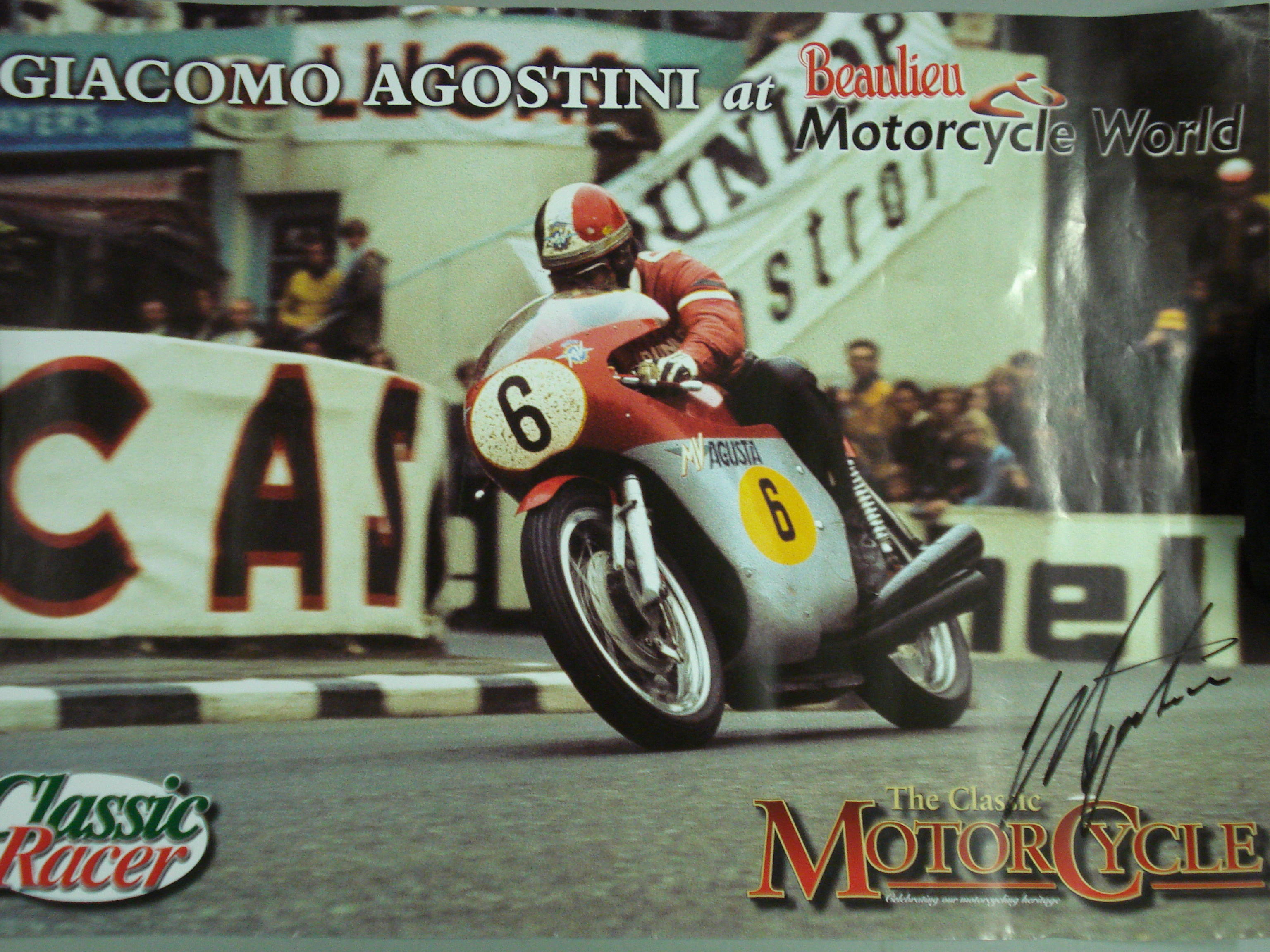
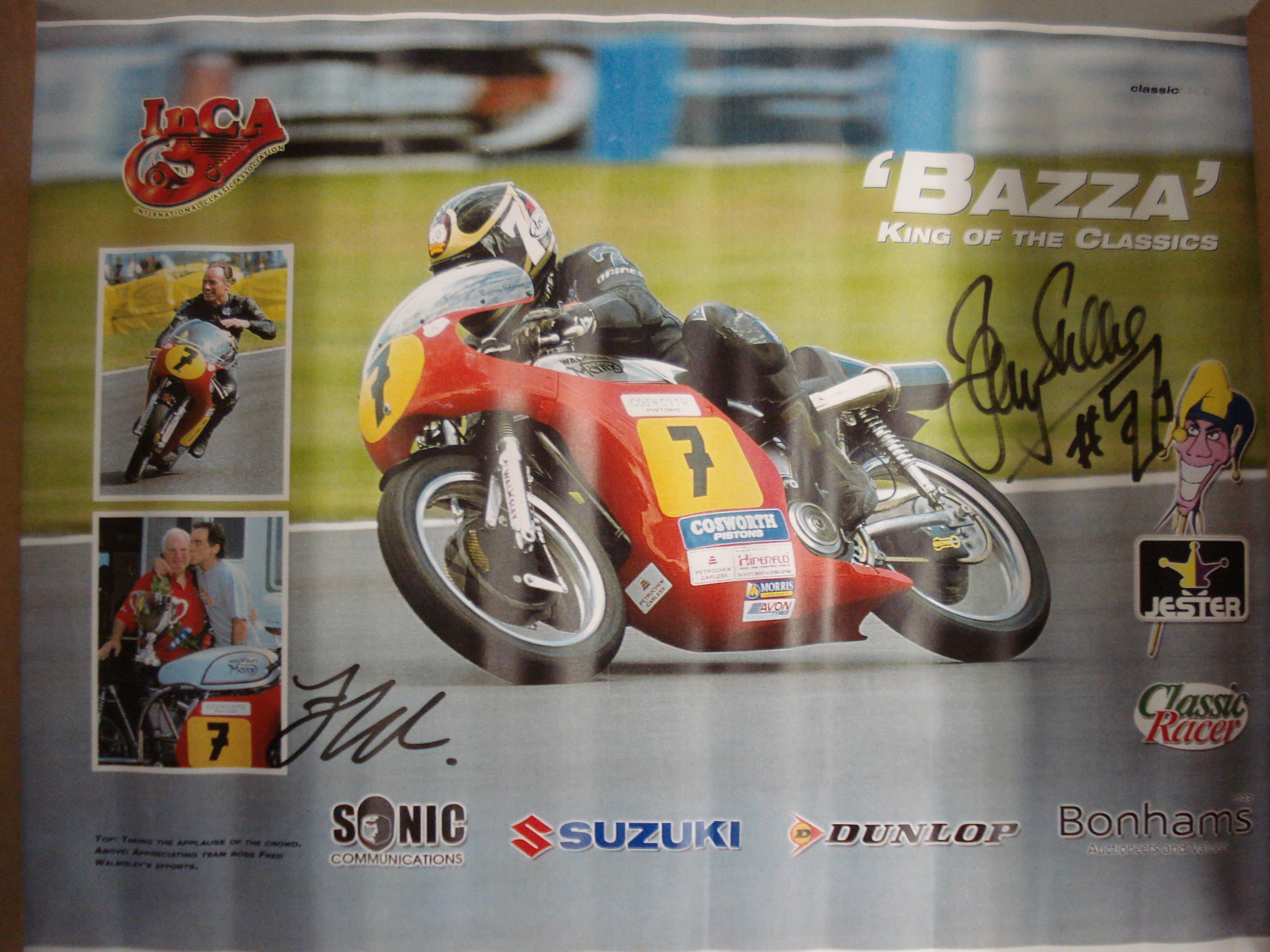
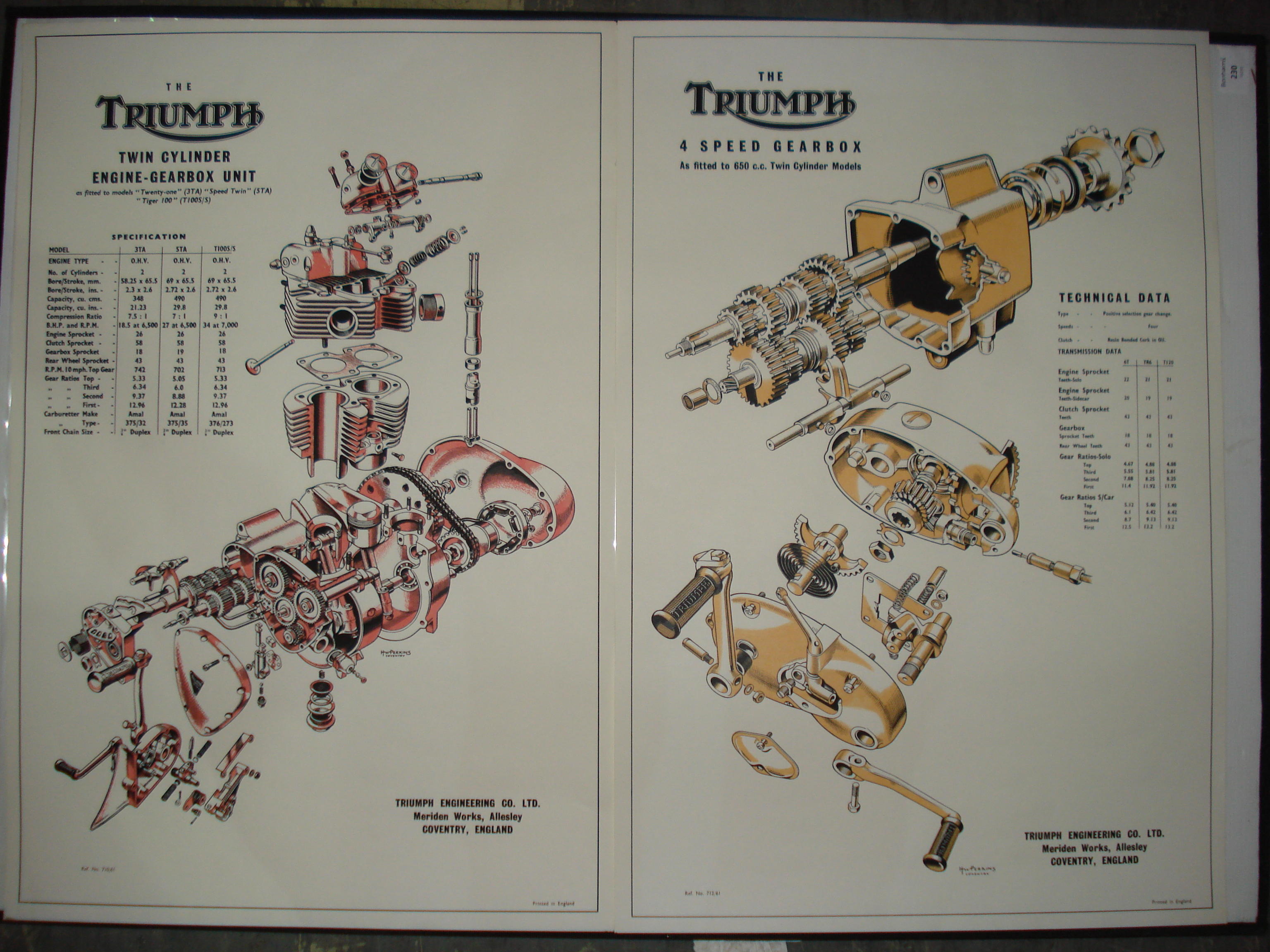
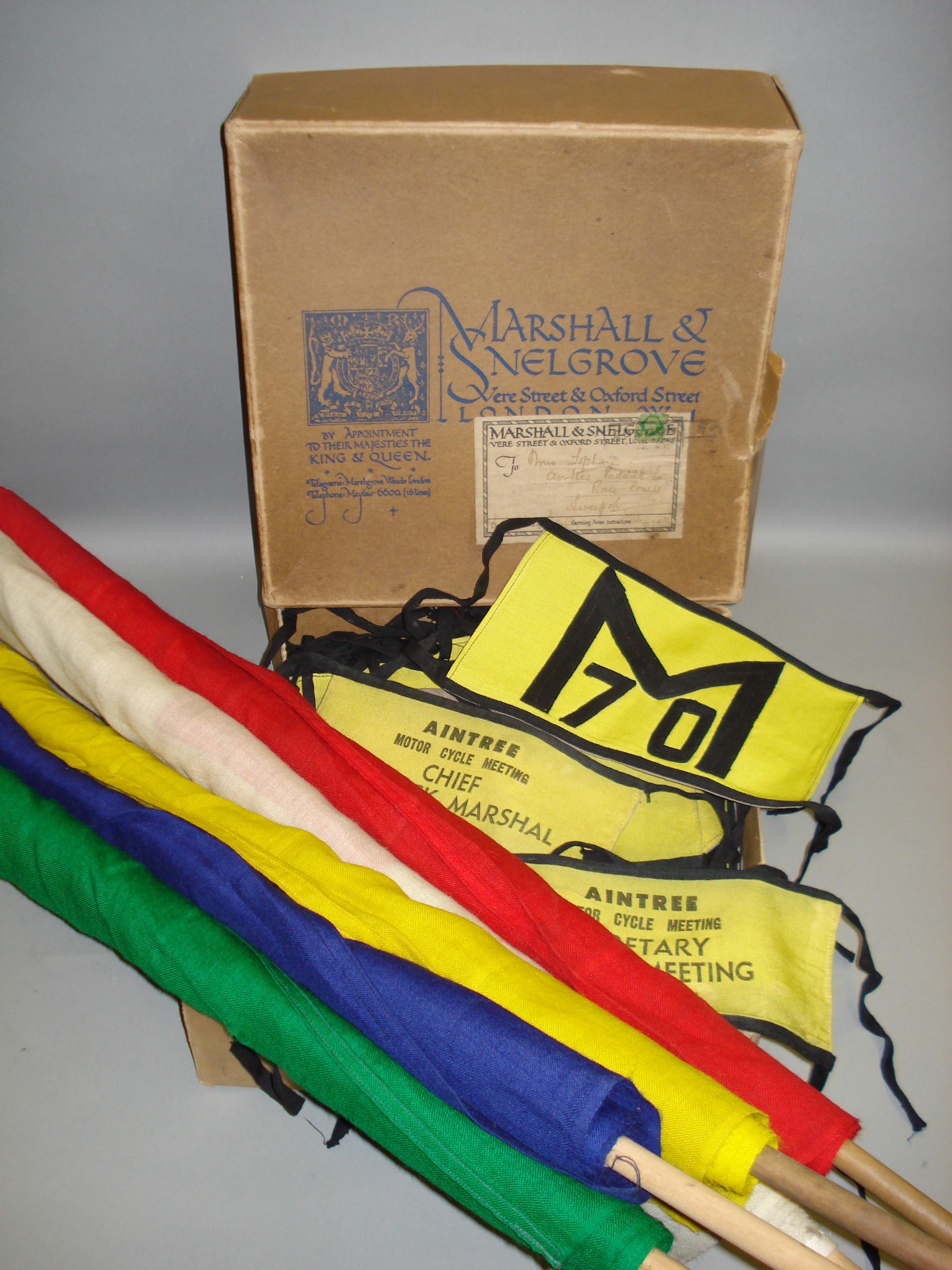
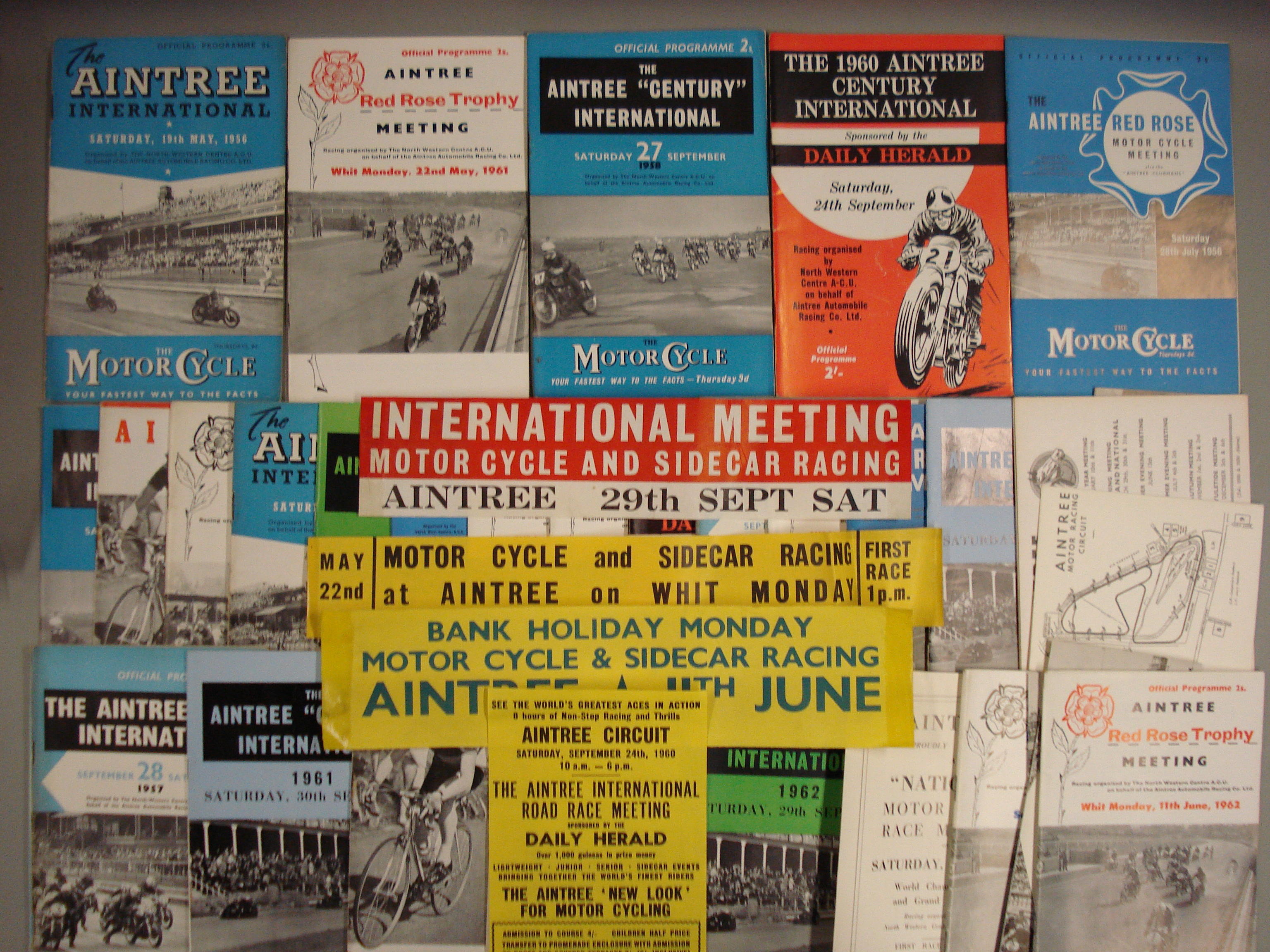
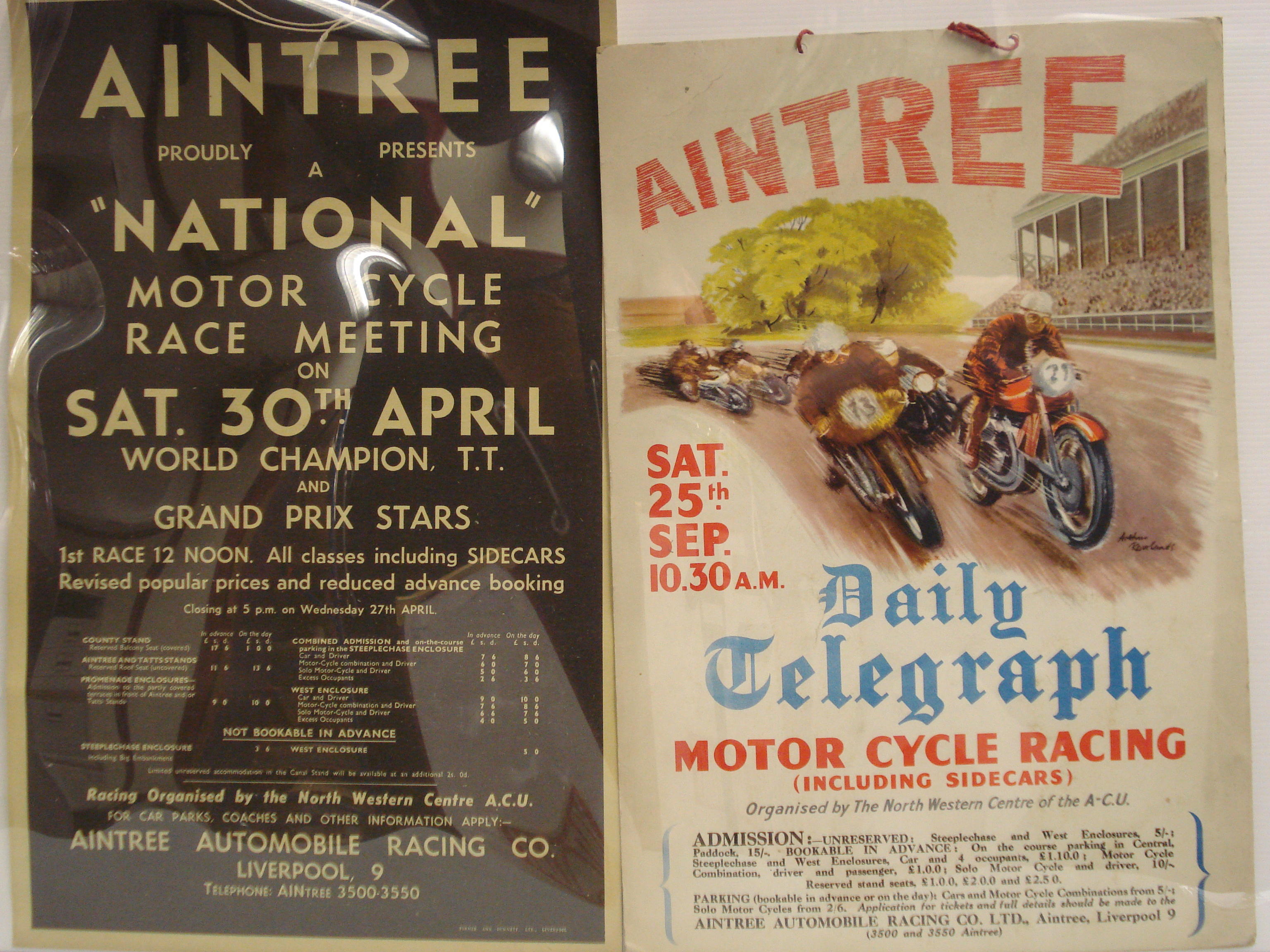
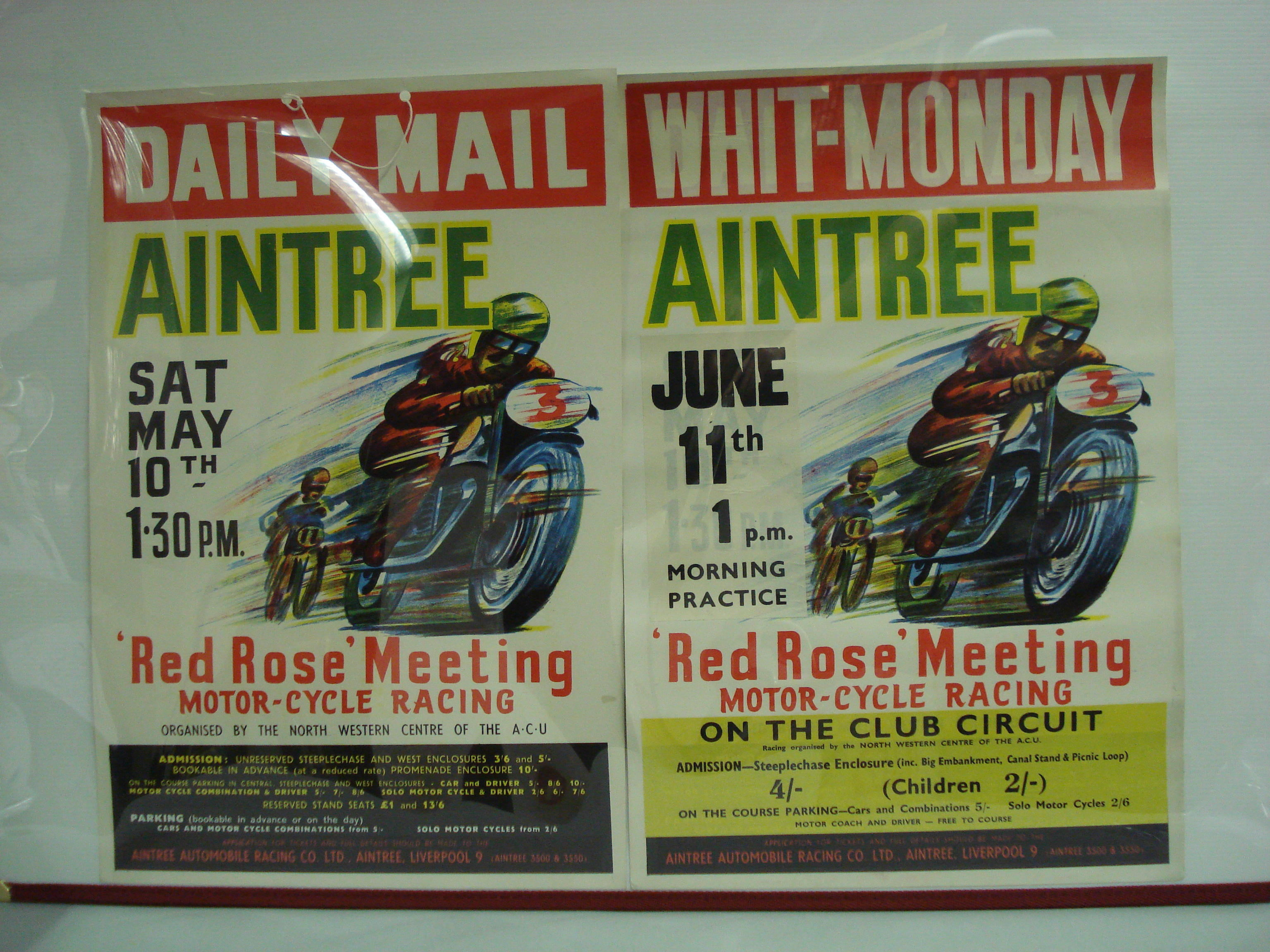
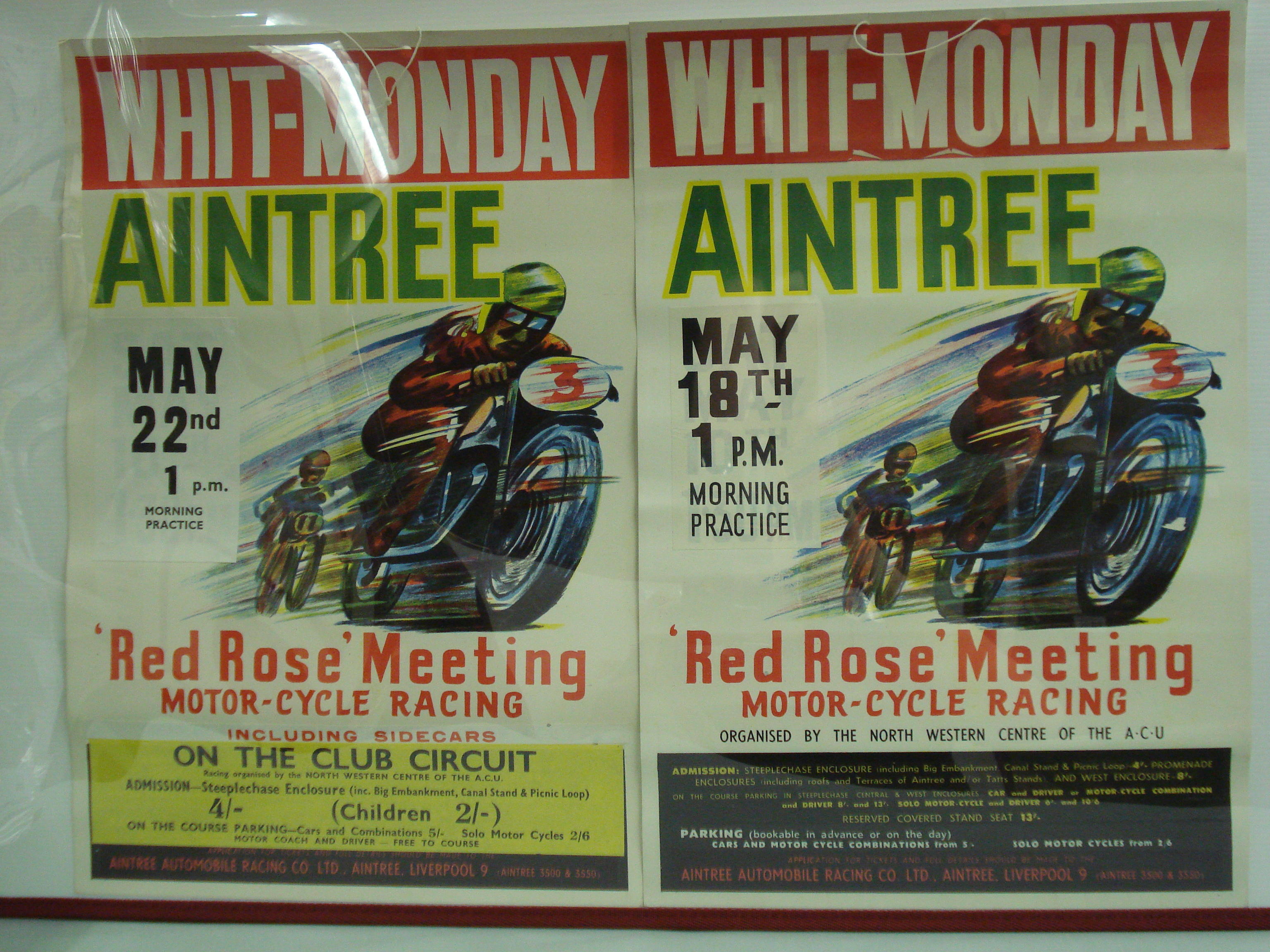
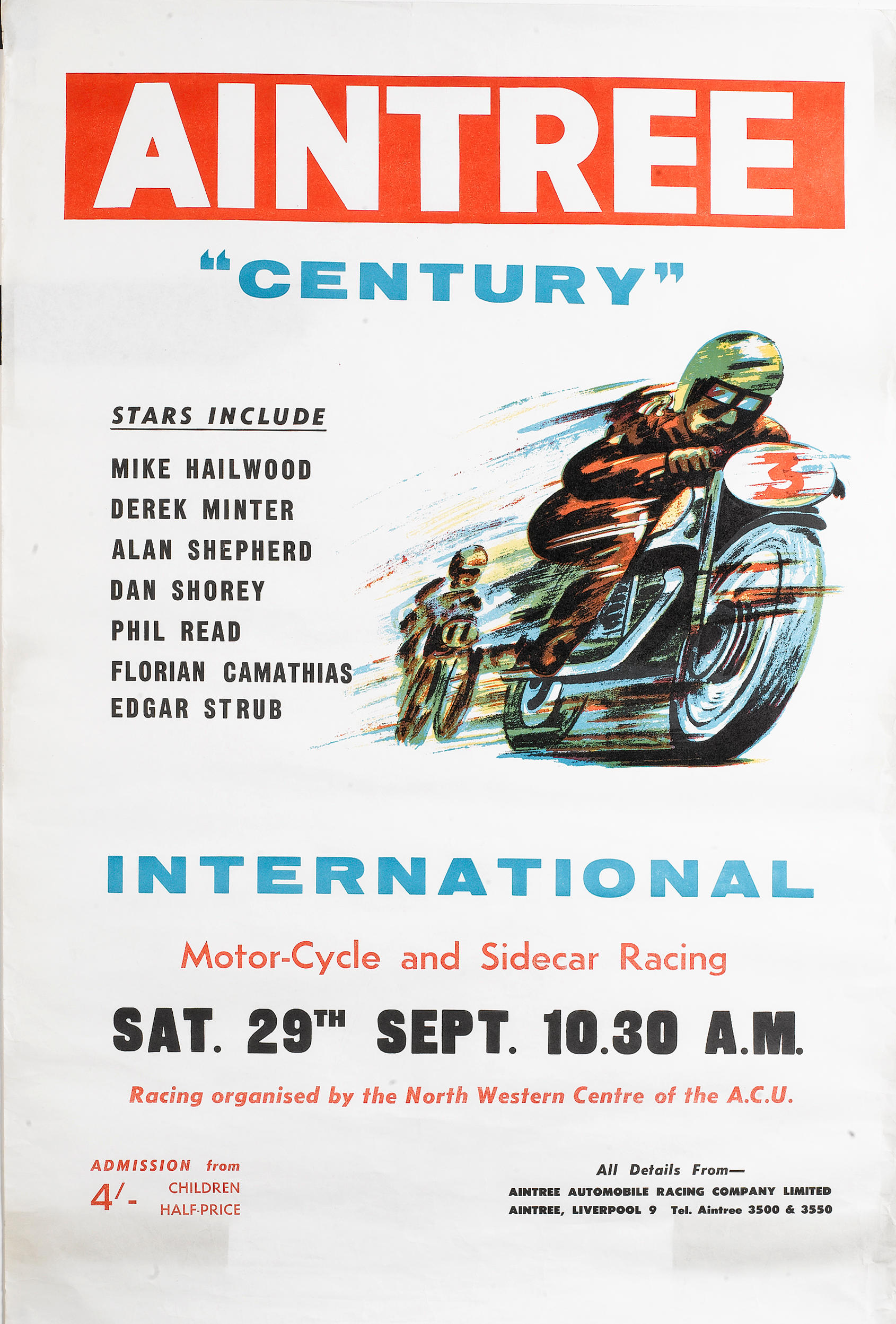
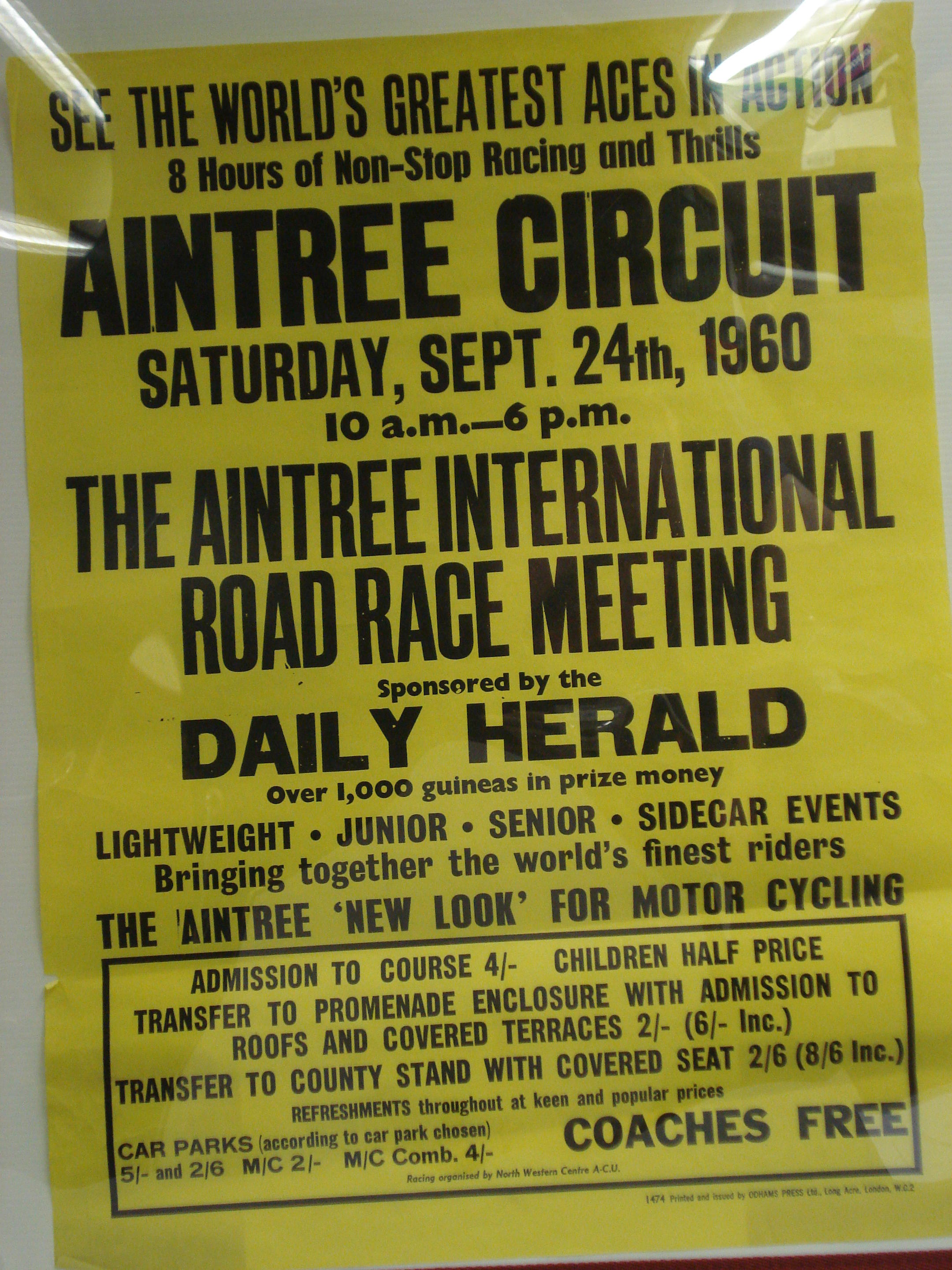





Testen Sie LotSearch und seine Premium-Features 7 Tage - ohne Kosten!
Lassen Sie sich automatisch über neue Objekte in kommenden Auktionen benachrichtigen.
Suchauftrag anlegen